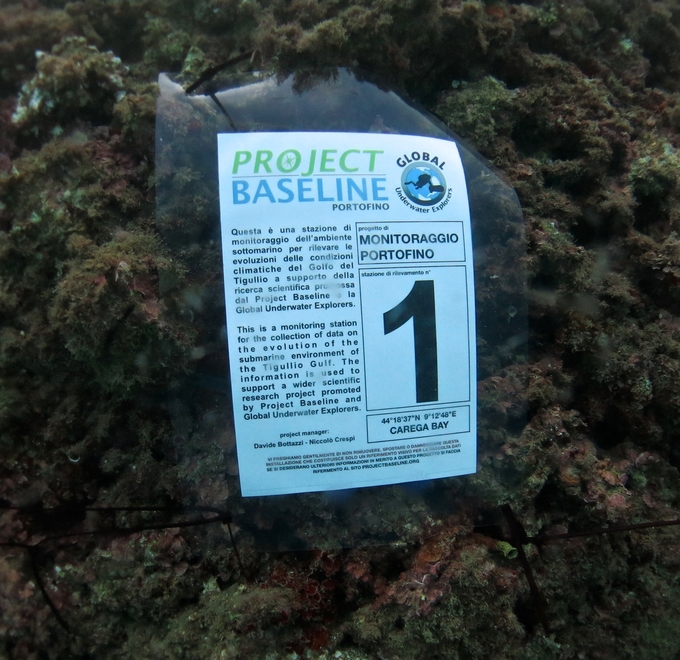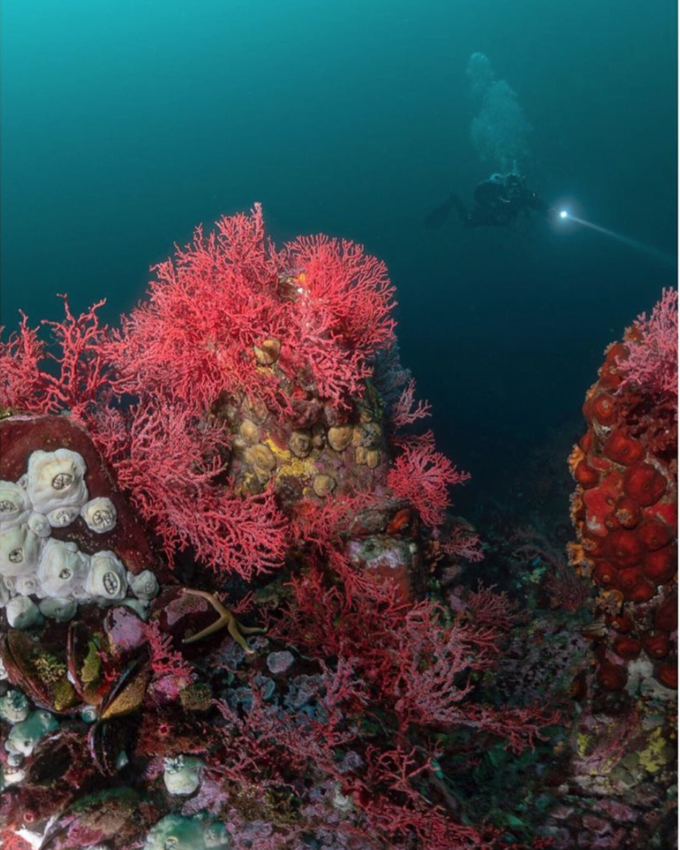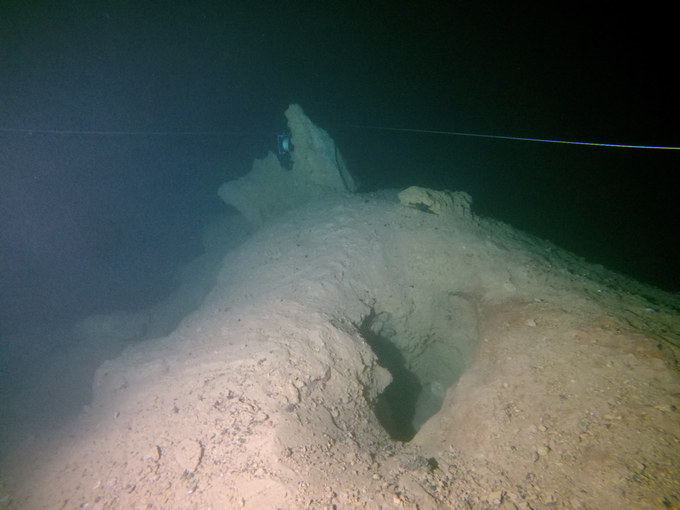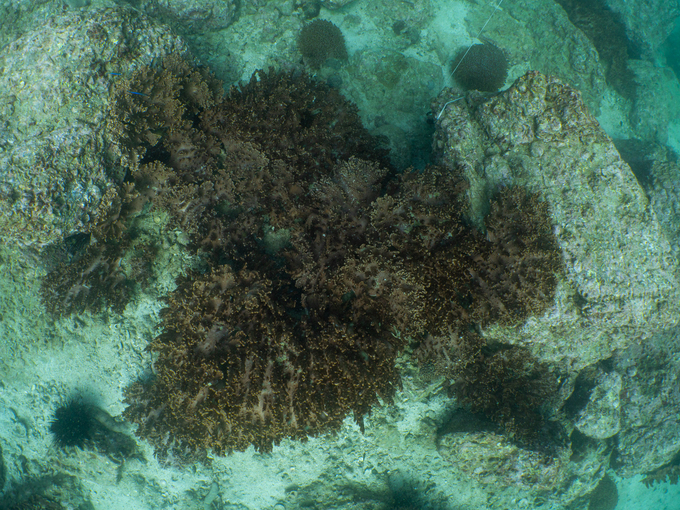The Baie Ternay Marine Park is one of the Seychelles best diving sites and is famous for it’s healthy reef, resident turtles and mega-fauna living in and around it.The reefs in the Seychelles, formally known for their rich Shark populations and extremely healthy coral reefs have suffered from bleaching and extensive fishing in recent years. Our aim is to compliment our survey data with a means for visual comparison and get a better understanding how quickly our reefs change after a disturbance event and how long it takes for them to recover.

Portofino is a fisherman village famous around the world not only for good food, wine and la dolce vita but also for its Marine Park. Created in 1999, the Marine Reserve of Portofino is managed by a Consortium of authorities including the University and Province of Genoa and the Municipalities of Portofino, Camogli and Santa Margherita Ligure. Encompassing the coastal waters surrounding the peninsula of Mount Portofino, the Reserve offers a unique environment for the study of the sea floor and its steep vertical walls and cliffs. The astonishing abundance and variety of marine life makes it a major attraction for diving enthusiasts. The marine park has more than 20 dive spots and every year thousands of divers come to visit. The Marine park is divided in 3 areas: A-B-C. The “A zone” is completely closed to any human activity, the “B zone” is where we usually dive and where many universities are conducting studies, finally, the “C zone” is the peripheral area of the natural park, less known by divers. The latter is where we want to place one of our stations while the second station will be placed out of the natural reserve boundaries. This will allow us to monitor the differences between protected and unprotected waters within the same environment.
Project Baseline East Sea, Republic of Korea

A lot of underwater area is becoming desertification in our site by harmful things. The most influential of all is the sea urchin. The sea urchin eats almost all of the marine plants. They are harmful animals in Korea. We plan on disposing of them underwater, and record their population and how many we take out each month. We are looking forward to seeing plant growth. We will show the progress of the area via pictures.
Lake Llanquihue, located in Los Lagos region south of Chile. It occupies the second place in size in the country and its status corresponds to an oligotrophic lake. It is surrounded by several cities and towns, including Puerto Varas, Ensenada, Llanquihue, Frutillar, Puerto Octay, etc. Lake Llanquihue faces threats such as the increase in nutrients (especially phosphorus and nitrogen) derived from the agricultural, livestock and salmon farming industry and pollution due to urbanization. The project seeks to determine temporary changes in both water clarity, due to the increase in phytoplankton organic matter suspended in the water column. In addition, we hope to document the marine life, both flora and fauna in each of the bays that are close to these communities and also set up monitoring sites in places far away from those bays, which can act as reference sites. This Lake is a most important reserve of fresh water, bird-life, aquatic fauna and an important tourism hub of the region.

With our project we would like to record through photographs key locations in the most popular caves in Spain, and track their changes over time. The objective is to 1. Engage divers to record the environment. 2. Help strengthen conservation culture within the cave diving community, through concrete personal actions. 3. Track and monitor changes to the caves. 4. Grow team and capacity to tackle other data collection programs (3D, Temperature) and 5. Build repertoire to engage institutes and universities for collaboration.
UK Exploration Project – Portland, UK
The waters around the south coast of the UK have a rich history of shipping, from naval ships to sailing boats these waters contain hundreds of shipwrecks, many of which have never been identified. The local community is very proud of its maritime history and adding further to the current archives of shipwreck data will be invaluable; the UK Exploration Project aims to locate, identify, and explore shipwrecks in these coastal waters. The objective of the research will focus on documenting some of the basic data of each site, using a combination of video, photography, photogrammetry, 3D Models and sketches. The current preservation state and any environmental factors affecting the wrecks will also be investigated. It is hoped that further exploration of any unidentified wrecks will yield enough data for formal identification.

Documenting marine life and coral population health along with site conditions and effect from divers.
In front of the town of Benidorm there is an island which is a marine park, and looks like a mountain. The same mountain is replicated, all underwater starting at 6 meters. There is an square of 20×20 meters patch where gorgonian corals can grow, and nowhere else than there. The goal of the project is to monitor this gorgonian patch by measuring it and taking photos, possible photogrammetry, to see how the pollution in the area will impact.
The Midland Pools project seeks to document freshwater bodies formed in former quarries in the English counties of Leicestershire and Warwickshire. The sites are of significance due to the geological formations they reveal and the habitat they provide for wildlife, most notably the endangered white-clawed crayfish (Austropotamobius pallipes). The sites are often local nature reserves and may also be designated as Sites of Special Scientific Interest. Nevertheless the management of the water bodies can be challenging due to deep water and difficult access resulting in the accumulation of litter over time. The project aims to map the quarry pools and record any geological, remaining cultural heritage and wildlife present (especially crayfish species). The water quality will be monitored over time. Litter will be removed from the water and the margins. The project will provide a community focus for divers, and will enable their skills to be accessed by nature reserve operators.